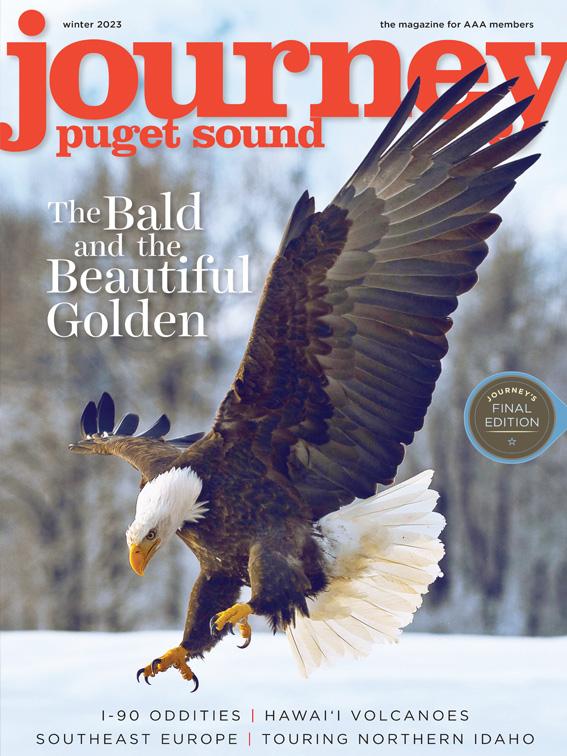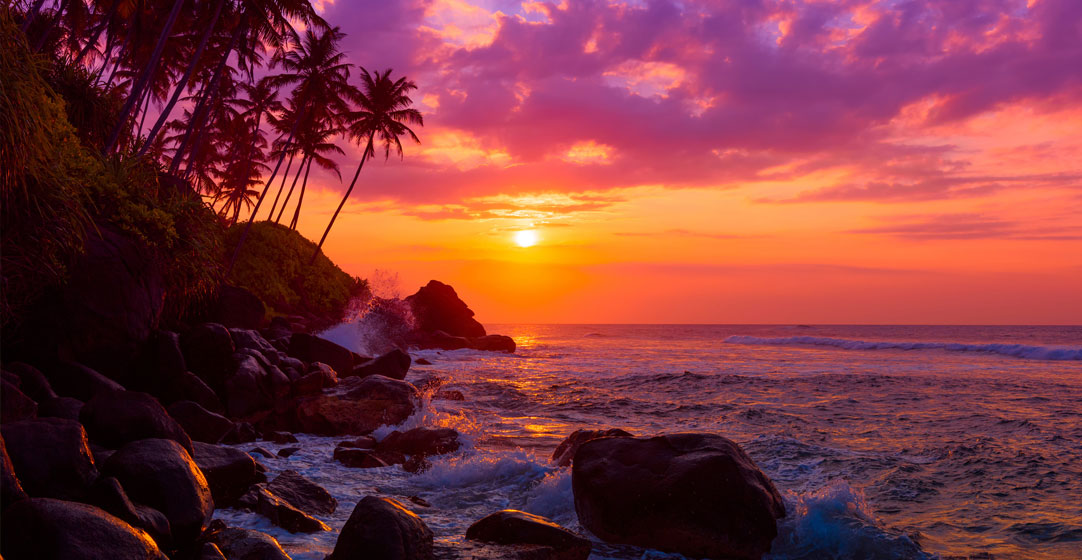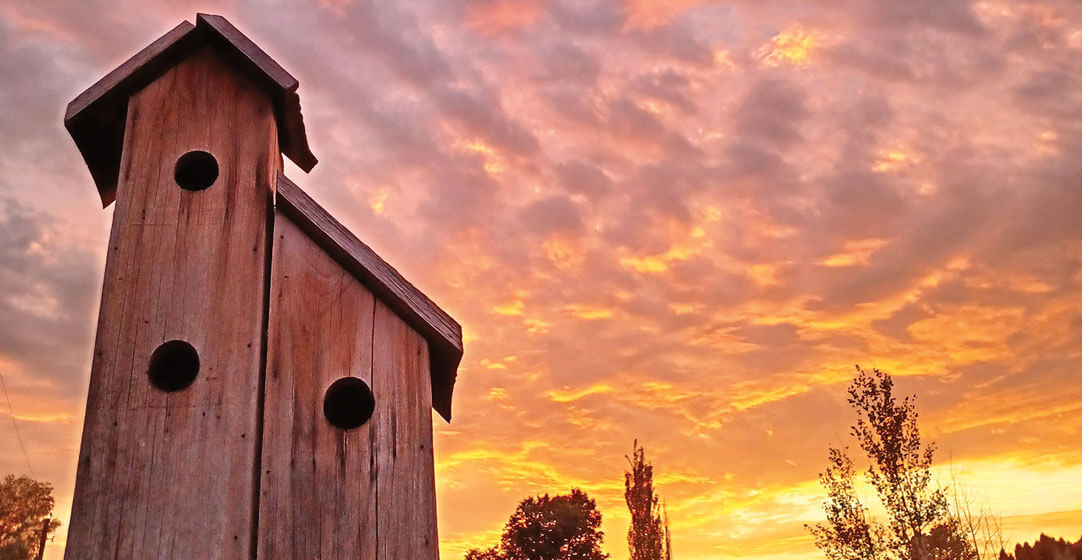Must-See Stops Recommended by Washington Roadside Geologist
Anywhere you find a breathtaking landscape in the Northwest there is a story behind it, and Marli Miller can tell the tale.
Miller is a University of Oregon instructor and researcher with a doctorate in geology from the University of Washington. She has logged more than 10,000 miles in her Subaru Crosstrek, taking meticulous notes and 3,000-plus photos to co-author “Roadside Geology of Washington,” a sweeping summary of the state’s most scenic highway vistas.
What makes Washington’s landscapes so unique?
Washington is so diverse for such a small area. You have ancient bedrock, including accreted terrane — permanently attached continental fragments and oceanic islands — and flood basalts, which were extensive lava flows covering large areas, as well as incredible deposits from glaciers with amazing erosional features. In Eastern Washington, the Missoula Floods formed Dry Falls near Coulee City, and the drive along Banks Lake up to Grand Coulee Dam is amazing. I love Frenchman Coulee off Interstate 90 near Vantage. It’s quiet and peaceful. These Missoula Floods carved amazing canyons in the earlier flood basalts.
Where should one go to see glaciers and canyons?
Mount Rainier, Artist Point on State Route 542 (when it reopens) near Mount Baker and Diablo Lake Overlook on State Route 20 (the North Cascades Highway). For canyons: Palouse Falls State Park, Frenchman Coulee and the Yakima River Canyon.
Which drives offer the most visible geology?
At Newport, you are on the Paleozoic continent of North America called Laurentia. Heading west, you leave ancient North America and encounter all these things added to it. My favorite spots to see accreted terrane are Vista Point on U.S. Route 97A halfway between mileposts 205 and 206 (just upriver of Rocky Reach Dam), Gorge Creek Falls on State Route 20 between mileposts 123 and 124, and from the pullouts between mileposts 10 and 11 on the downhill direction of Hurricane Ridge Road in Olympic National Park.
Where are Washington’s most photogenic landscapes?
The North Cascades have the most stunning landscapes in the contiguous U.S. The Olympic Coast is awesome, too. When taking pictures, be concerned about composition. Take multiple shots at different angles to see what works.
How is Oregon’s geology different? Oregon is the most volcanic state in the contiguous U.S. Oregon has a spectrum of diverse volcanos and volcanic rocks that you don’t get anywhere else, with lava flows that are only 1,300 years old. The lavas of the Columbia River Basalt Group made it all the way to the coast. Haystack Rock in Cannon Beach is an exposed submarine volcano, fed by surface flows that originated in Eastern Oregon.
– Written by Douglas Scott, last updated in September 2022.
– Top image of Diablo Lake by Aliska Clarke/Alamy.







